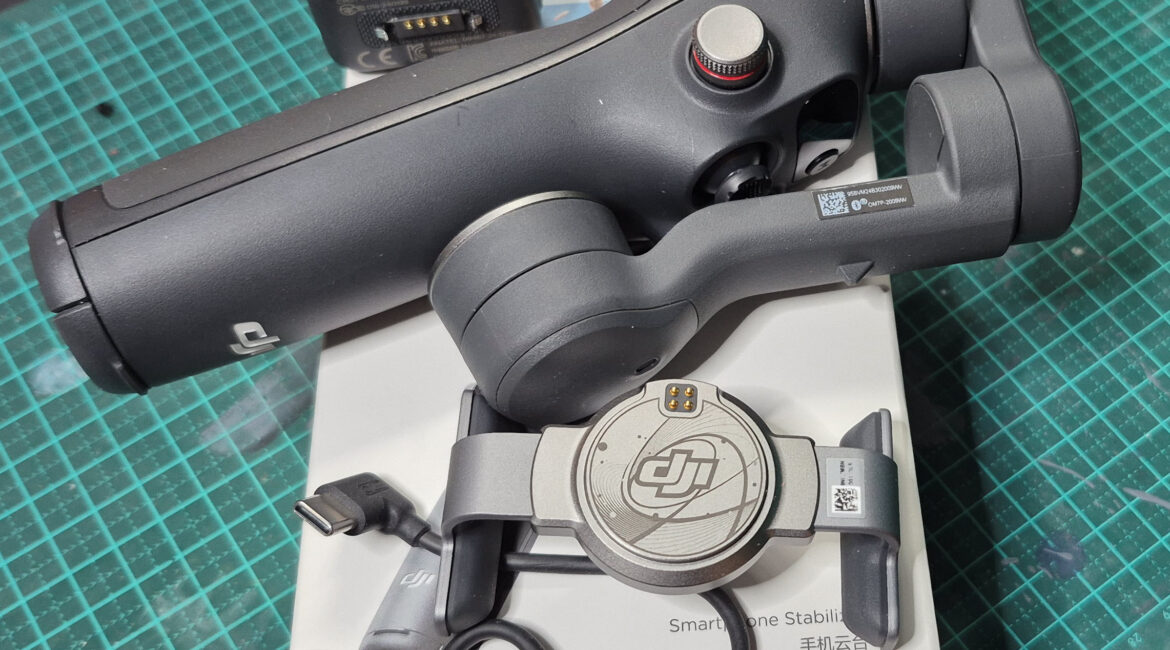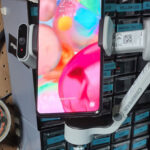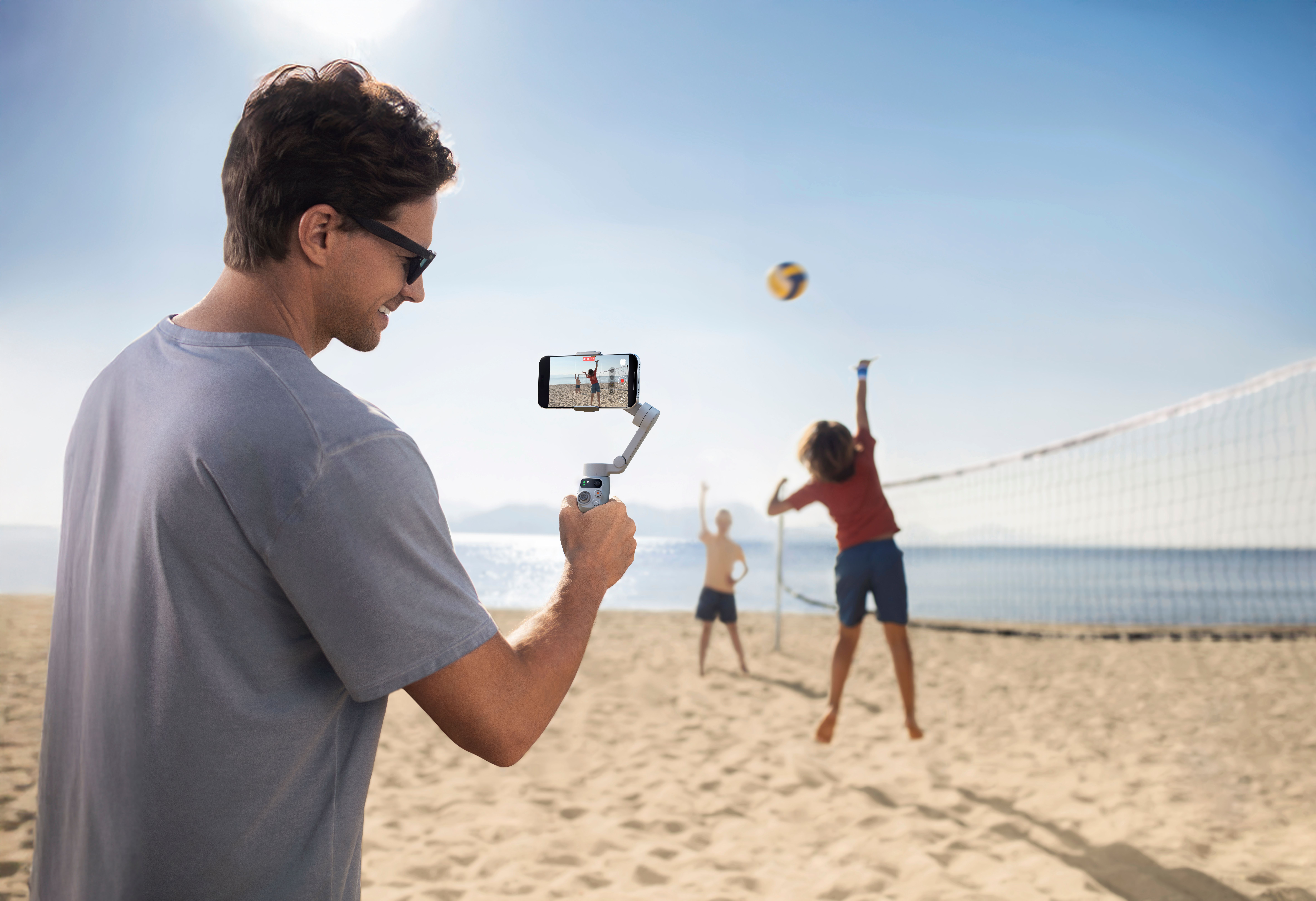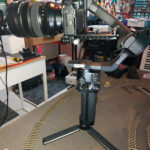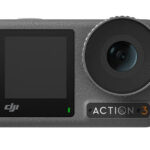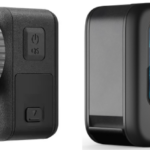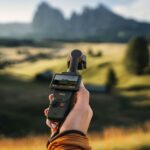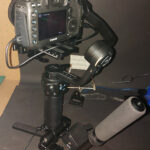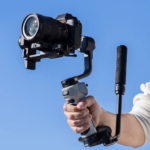The Osmo 7P is the latest smartphone gimbal from DJI and comes with a few party tricks up its sleeve – some good and some that don’t always quite hit the mark I found.
When it comes to image stabilisation, whether it be for a smartphone, GoPro or other “action camera” a mirrorless / dSLR camera or camcorder, the first question you need to ask though is “do I actually need one?” Could I spend the money better elsewhere, considering what I use the camera for.
If the majority of your imaging is still photography, then the obvious answer is “no”. And if you mainly use a GoPro, say, for snorkelling or mountain bike riding, it is still probably a “no”.
For many users, the native stabilisation in a decent mirrorless / dSLR or camcorder is also often enough as well.
But if you tend to jog or run when shooting for example, or put your video taking camera through similar punishment then definitely a gimbal can help enormously in smoothing out footage, often quite dramatically.
As I mentioned earlier, the Osmo 7P is designed for smartphones, and as DJI often does with its products, makes extensive use of magnetism in its design. The actual smartphone holder attaches to the main gimbal body via a magnetic coupling for example, as does the combo light / mic receiver module.
Unlike every other gimbal I have tested – as far as I can remember anyway – the Osmo 7P doesn’t have an add on tripod section, instead it is built into the main handle and accessed by pulling the base downwards and then opening up the feet.
It’s not the most stable of tripods, and of little use on non flat surfaces, but if you need that, there is a standard thread in the base to accommodate a proper tripod with individual adjustable legs.
Additionally, the arm of the Osmo 7P can be pulled out of the main body thus giving an extension akin to a selfie-stick.
Once you have opened up the arm of the Osmo 7P, this power the unit on automatically. A full charge (obtained via a USB-C charging port) DJI reckons will give you 10 hours of usable time with the Osmo 7P, but this will be compromised by up to 50% if you take advantages of the facilities offered by the add-on module.
More on that in a minute.
Unlike its bigger brothers such as the Mini 4, balancing the Osmo 7P is a snap, needing only that the smartphone be roughly centred inside the holding bracket. Like its brethren though, you can select what mode you wish to use the Osmo 7P in for its tracking such as Pan and Tilt Follow, Pan Follow, Spin Shot, FPV and so on.
All the controls for the Osmo 7P are clustered around a small LCD on the main body, with a trigger on the front and a side wheel for focus / zoom.
The Osmo 7P supports Bluetooth for use with your smartphone and the DJI Mimo app, and an Apple Watch can also be used with DJI Mimo.
With the module attached, you open up a broader world with the Osmo 7P, giving access to AI tracking and gesture control. I found the tracking system to be as good as the one I tested in the Zhiyun CQ5, but the gesture control seemed to be a little hit and miss and not as accurate as the CQ5.
Gestures can be used to start/stop tracking, creating a timer, composing and to start/stop shooting.
The module also gives you a fill light with control over brightness and colour temperature and additionally will act as a transmitter for up to two DJI Mics. Note at this stage at least, this the ONLY wireless mic that works with the module.
As I stated earlier though, using the module will quite severely compromise the battery life of the Osmo 7P by up to 50% or more depending on how much of its facilities you use.
The DJI Osmo 7P will set you back AUD$219 and it is available from the D1Store at https://d1store.com.au/products/osmo-mobile-7p.
My testing was done using a Samsung Galaxy S24FE smartphone.

